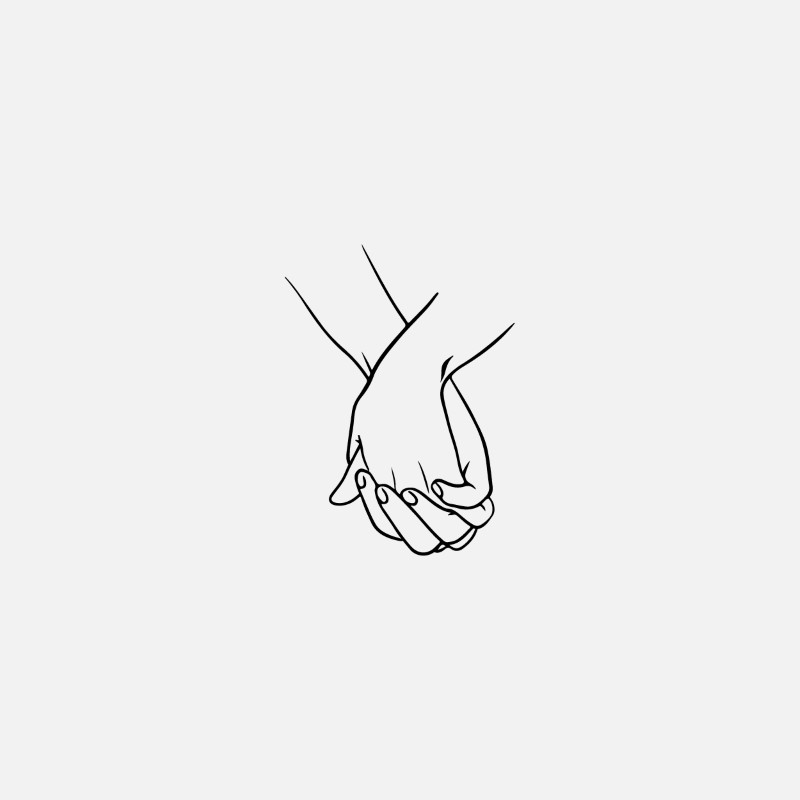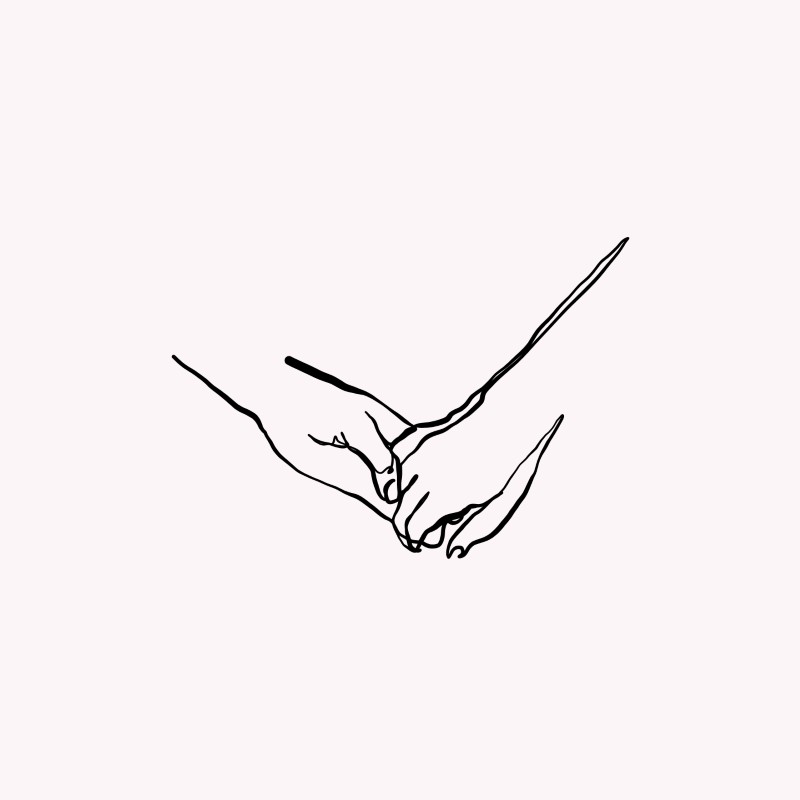Imagine if you could understand why you attract and are attracted to certain types of people? How would that affect your ability to choose who to start a serious romantic relationship with?
Whilst there isn’t a fairy godmother to tell you who is The One, there is a way to understand more about your love life and romantic partners
And that is knowing about attachment theory and which attachment style you seem to be most attracted to.
Also want to know about the concept of love languages? Find more info on the topic in this article.

How do I know my attachment style?
The 4 attachment styles are a simple way to know how you react to committing and connecting with someone in your life.
They are 4 different reactions that indicate deep underlying convictions about attachment. These attachments are built in early childhood and through life experiences which effect our ability to have emotional closeness with someone.
So, let’s look at the different attachment styles and which ones are healthy:
Secure – Someone who is not fearful of commitment or being able to initiate and escalate love and a relationship.
This person has a strong sense of self identity, purpose, worth and self-esteem. They are confident, certain and are open to love and being loved back.
Whilst they are independent to some degree emotionally, they do not block love. They have a secure base from which they create emotional connections and decisions.
Secure attachment style is the only healthy attachment as it allows both the individual and the couple to flourish.
Anxious-Avoidant – An anxious attachment style is someone who hesitates and often over thinks everything. They lack peace and try to dissect everything in order to get answers. They usually need constant reassurance, have a high fear of abandonment and are constantly seconding guessing themselves or their date.
This fear possibly originates from past relationships with caregivers, like parents, who didn’t meet their interpersonal needs in earlier life.
If you have an anxious-avoidant attachment style, also called an insecure attachment style, you should use these tips to improve your confidence to master dating for yourself.
Dismissive-Avoidant Attachment– Avoidant attachment style means the person usually avoids conflict and confrontation and can be emotionally unavailable. It’s like a wall is around their heart because they have a negative association with emotions and commitment.
They may be committed but it doesn’t mean they are open to talking about emotions or problems that arise. They are an avoidant person when it comes to conflict and confrontation and close relationships
Fearful Avoidant Attachment- Fearful attachment dates are usually hot and cold. They will be all in in the beginning but as soon as things move too fast or get too serious they will pull back. Then the fear of missing out (FOMO) kicks in and they want to be all in again.
They offer a volatile commitment that never seems to progress. There is usually a lot of drama involved and the person on the receiving end is left confused.

Dating Benefits of Knowing Your Attachment Style
Dating no longer has to feel like a lottery or a game of luck. You can make wise choices from the beginning with whom and why you build attachments with.
We don’t have to keep finding out the hard way through heartache and trauma what our attachment type is.
If you do the work before you start dating, then you are able to date consciously.
Here are several benefits of dating and knowing about your adult attachment style and attachment patterns:
Choosing why and who you fall in love with
We need to stop telling ourselves that we can’t choose who we fall in love with.
‘Falling’ in love indicates that we aren’t consciously choosing the person we are becoming attached to. This runs the risk of us bonding with someone for the wrong reasons.
If you are aware of your attachment style, it means you can take more responsibility for who you are attracted to and invest into.
Remember attachment comes AFTER investing time and emotions into someone.
Knowing your own attachment style will help you work why you are attracted to certain types and if those types are actually good for you.
It will also help you understand why you attract or build unhealthy relationships
Personal awareness and accountability
Whilst you aren’t a broken project that needs fixing, you are still a human that needs guidance and accountability.
Being aware of your attachment style means you are equally aware if you are ready to date and even dateable.
Responsive not reactive dating
If you are someone who has fearful, avoidant or anxious styles of attachment then you will have a volatile love life and probably a hard time coping with rejection.
Knowing your attachment means you can pinpoint why your dating life is stable or not.
Smart Dating
Smart dating is choosing to date from a foundation of self-awareness and love education. Knowing your attachment style sets you up to make more conscious decisions about who you engage with.
Having that direction and clarity produces wiser partner choices and in turn increases your chances of building a healthy, loving, secure relationship.
How to find out your date’s attachment style
Dating is an assessment process that you should be moving through. However, so many people are dating blindly and becoming attached to partners who keep them stagnated.
Knowing who you are dating and their attachment style will help you better understand WHY you are attracted to them and the quality of the relationship that they can offer you.

Here are some things to look for to help you identify their attachment style or tendency:
Character – Remember that everyone is on their best behaviour on the first few dates or even the first few months!
They key is to be able to understand who their default character is or who they are subconsciously.
Because we operate in our subconscious 90% of the time, we can safely say that our autopilot is who we really are.
Someone’s attachment style will be evident in their default character as that’s who they are most of the time.
Consistency– Look at what they consistently do and say over time.
Ask yourself what patterns can you see and what seems to be the common factors. Do you see any toxic responses or habits coming up that could indicate a negative attachment style?
Commitment Level – What is their response to the different levels of commitment? Whether it be following through on a promise, answering texts back regularly or meeting the parents.
Their response, level of effort and ability to continue to the next level of commitment will show you what their attachment style is.
Conflict – This is key! How someone manages conflict gives you a string sense of where they are emotionally and mentally at. Anxious, avoidant and fearful attachment styles will avoid conflict.
This isn’t about trying to start fights to see their reaction, but rather assess how they handle things that are confronting or doesn’t go their way.
Progression – Healthy dating means you have direction and progress. If someone is stagnating the dates or avoidant or progressing things it could mean they are 1 of the 3 negative attachment styles.
Which attachment styles are compatible?
The truth is whilst you may be searching for a particular attachment style that balances you out, there really is only one answer: And that is to try and become someone with a secure attachment and seek out a partner who is secure as well.
Realistically speaking not everyone will have a secure attachment, some will have a disorganized attachment, or will be drawn to other attachment styles.
If that is the case, it might be hard to meet you or your loved one’s emotional needs and nourish long-term relationships.
So, let’s break down the reality of what healthy compatibility in adult relationships looks like:

Attraction and mutual feelings don’t equal compatibility.
We often confuse strong feelings with affirmation that we should be with someone despite the setbacks.
Whilst having strong feelings and chemistry are important to building a relationship, they cannot be the foundation.
Who we are attracted to doesn’t guarantee us a ticket to a healthy relationship.
What or whom we may like doesn’t always mean it is good for us.
Remember not to rush into a relationship just because you both are ‘crazy’ about each other.
Take that time to assess who they are and why you like them and if they are good for you.
Make sure you are meeting heart to heart not wound to wound
There is a saying “That’s not your type, that’s your trauma.” Meaning that who we are attracted to isn’t necessarily because we are choosing them, but because our past trauma has wired us to seek them out.
Knowing your attachment style will help you understand who you are more likely to feel connected with.
If you are someone who is an avoidant partner and feel you can relate to someone else who is also fearful …it doesn’t make you compatible in a good way!
Having the same wounds doesn’t mean you are meant to be together. Although shared trauma can fuel intimate relationships, it is not a healthy basis and could harm your mental health and well-being in the long run. That also doesn’t mean you two won’t work out. It just means you still have healing left to do.
Opposites attracting is not ideal
The second common saying we hear is “opposites attract”. If you start believing that a secure attachment should date a fearful attachment then you are setting yourself up for sabotage.
They key is not to date someone opposite, but someone who creates balance and harmony. It is not a secure person’s job to fix and balance out a Fearful or Anxious person.
Whilst a secure person can help the other 3 attachment styles change and grow, it should not be the sole reason that they are dating. It will always be up to each individual to take responsibility for their own attachment style.